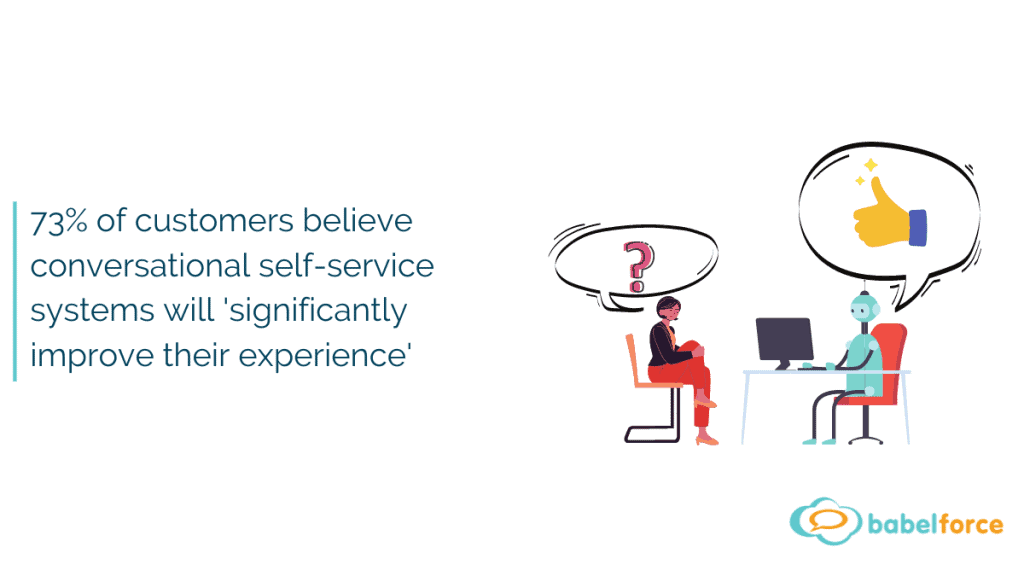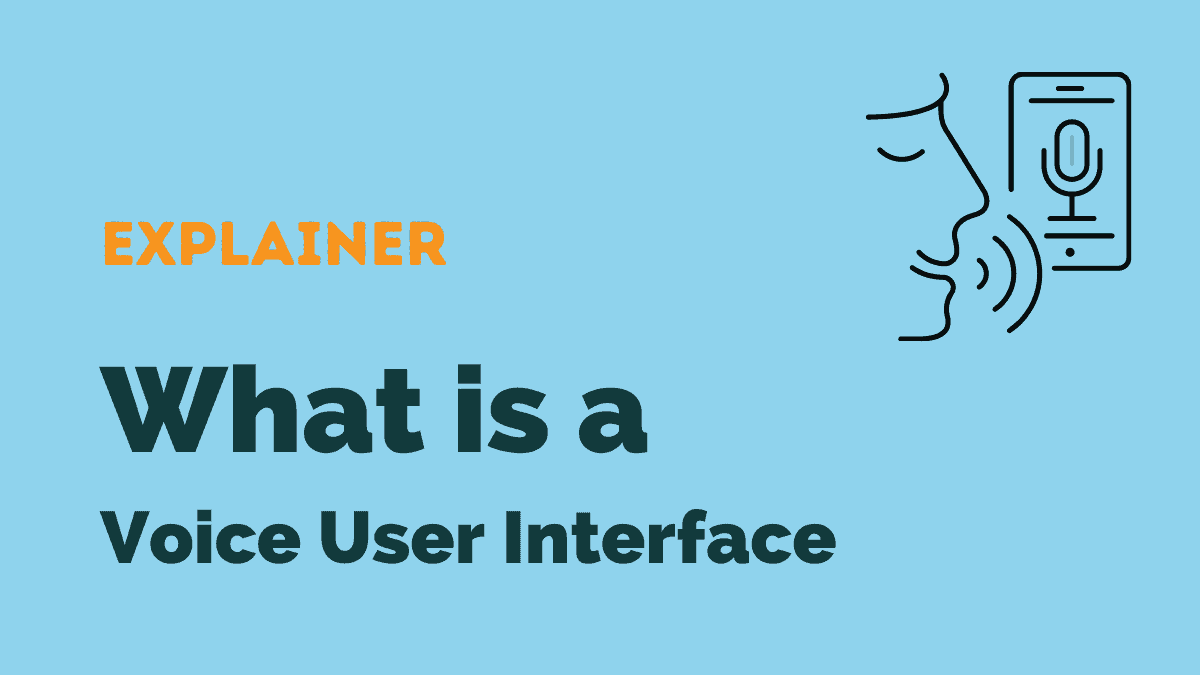In this post:
- What is a Voice User Interface?
- Voice User Interface examples
- What is the purpose of a Voice User Interface?
- How does a Voice User Interface work?
What is a Voice User Interface?
A Voice User Interface (VUI) allows customers to interact with a computer or other electronic device using their voice. They can use this interface to control a device, issue commands, or provide feedback.
Historically, voice user interfaces have been used primarily in telecom applications, such as making a telephone call or dictating a letter. But in recent years, people have used this type of interface in non-traditional applications like:
- Controlling the temperature of a home through a wireless thermostat
- Issuing voice commands to a GPS navigation system from within the car

Voice user interface examples
One of the most well-known voice user interfaces is Apple’s Siri. Siri is a digital assistant that allows users to control their iPhone or iPad using their voice.
Other examples of voice user interfaces include Amazon’s Echo and Google Nest, enabling users to issue voice commands to control various aspects of their home environment.
Voice user interfaces are also becoming common in automotive applications.
Many new cars come equipped with voice-activated navigation systems and climate control systems. In addition, car manufacturers are beginning to offer integrations with third-party services, such as Apple CarPlay and Android Auto, that allow users to issue voice commands to control a wide range of features in the car.
What’s the purpose of a voice user interface?
The purpose of a voice user interface is to enable users to interact with their device much like they would when interacting with another person. This type of UI can be advantageous when you cannot use another input method or when that input method does not offer enough control for your needs.
For example, if you are driving through unfamiliar terrain and need to issue a series of voice commands to your GPS navigation system to find your way, a VUI would be ideal.
Moreover, a voice user interface can be a more efficient way to issue commands than a keyboard or touch screen, mainly when the number of commands you need to give is high.
A voice user interface offers various advantages to users. First, VUIs offer a more natural way to interact with your devices. It is especially beneficial in applications where much interaction is required, such as digital assistants or automotive applications.
Second, you can use voice user interfaces to control many different devices. This is very helpful in the case of smart homes, where users may want to control a wide range of devices using a single interface.
Finally, voice user interfaces are becoming more and more common. Consequently, the number of devices that support this type of interface is growing, making it easier for users to find a device that meets their needs.
How does a voice user interface work?
A voice user interface works by allowing users to interact with a computer or other electronic device using their voice. Voice user interfaces typically use speech recognition software to convert spoken words into text. This text is then used to control the device or issue the command.





